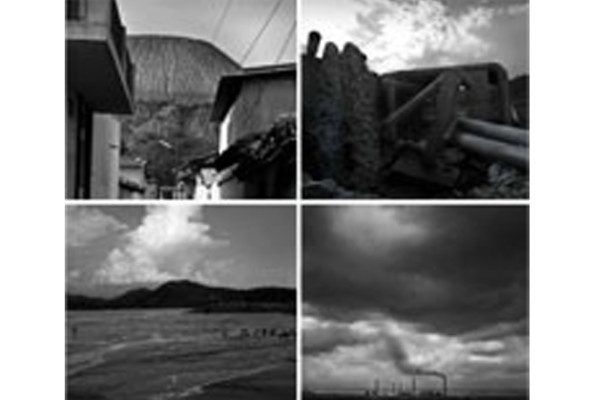Dibyesh Anand takes a walk through the divergent paths, a new road connecting the isolated Metog County to mainland China, could take…
States build. Earlier in November, China announced the opening of a new highway connecting the ‘last isolated county’ of Metog (also written as Metok, Medog or Mutuo depending on the transliteration) in the difficult to access terrains of Nyingtri prefecture in Tibetan Autonomous Region near the disputed borders between India and China.
States care. At least they are supposed to care for people who are its citizens, including those who were forced to be citizens. The inhabitants of the county, as gushing reports from Chinese state media repeat endlessly, are pleased to be connected to the rest of the “motherland” because it gives them better access to goods, eases their movements and brings them tourists. But they are assured against over-exposure to tourism, as the County government has proposed restricting tourism to help maintain its area’s pristine environment.
States patronise. The uncritical and celebratory register of media reports is not surprising, because when it comes to Tibet, there is no difference between state and private journalism in China. The only images of local inhabitants anyone gets to see are of smiling, traditionally clothed men and women welcoming their Chinese developers. This representation fits into the meta-narrative of the Chinese as liberators of Tibet. The narrative started with Tibet being incorporated into People’s Republic of China in 1951 and, in recent decades it has been used to propagate the message that all China does in Tibetan regions is to bring development. In ‘China’s Tibet’, Chinese are not exploiters or occupiers, but modernisers to whom Tibetans are forever grateful.
States domesticate. Contrary to the media reports on the new highway, today’s Metog County is not a stagnant timeless place where history and politics don’t exist. Historically known as Pemako, it was impenetrable to foreigners (including the British, British Indian and Chinese) throughout the nineteenth and twentieth centuries. But this isolation doesn’t imply it was stagnant. Within it, there was a constant movement of various peoples, including Tshangla, Lopas, Tibetans, Monpas, and others from Eastern Bhutan. Relations between Ganden Phodrang (Tibet government of Lhasa) and the Powo ruler of Pemako was fluid. It was not until 1931 that Lhasa took direct control after abolishing the kingdom. It was a politically dynamic, religiously significant place, considered to be beyul (hidden paradise).
States occupy. Pemako was part of the Eastern Himalayan zone of interaction which by the middle of twentieth century faced an unprecedented challenge. The challenge was the arrival of modern states of postcolonial India and revolutionary China that both sought to translate on the ground, the concept of rigid national boundaries that had no patience for the fluid frontiers and zones of local tradition or for shared and layered sovereignties.
States militarise. The revolt in Tibet, the exile of the Dalai Lama and tens of thousands of Tibetans, the militarisation of the de facto disputed border by 1959, the Indo-Chinese war in 1962 and further militarisation ever since, have all vitiated the historical exchanges of peoples, goods, and ideas that gave the place vitality. Not surprising, then that the Indian reaction to the new highway that is next to the disputed territory of Arunachal Pradesh (referred to as South Tibet by the Chinese) is one that subscribes to the strategic logic of infrastructure growth. The news is viewed with anxiety by security experts in India who bemoan the relatively slower growth of infrastructure, including roads and highways, on their side of the Himalayas.
States compete. Given the masculinist ethos of security discourses, this ‘who has bigger and stronger roads’ competitiveness becomes a struggle over soft and hard power. Border roads, such as the new highway, are meant to make troop movements faster. At the same time, in recent years, they are used to display the might of the state to the people and to the outside world.
Better roads on the Chinese controlled side may be seen by Himalayan people living in Indian controlled areas as evidence of Chinese superiority and Indian ineptitude. The news of the Metog highway therefore may spur further network of roads in Arunachal Pradesh.
States destroy. Whether such competitiveness over roads and infrastructure growth on the Tibetan plateau and Himalayan region is environmentally sustainable and desirable, whether it addresses the aspirations of the inhabitants and whether it helps or hinders in shifting away from a zone of conflict toward a zone of contact, only time will tell. The conduct of China and India in this region gives little room for optimism.
People hope. The day the Chinese invite the Dalai Lama and exiled Tibetans to return to their homeland of Tibet with political freedom and dignity would be the day roads such as these will become truly liberating. Until then, it is fair to say that the highway is yet another example of Chinese colonisation of Tibet.


